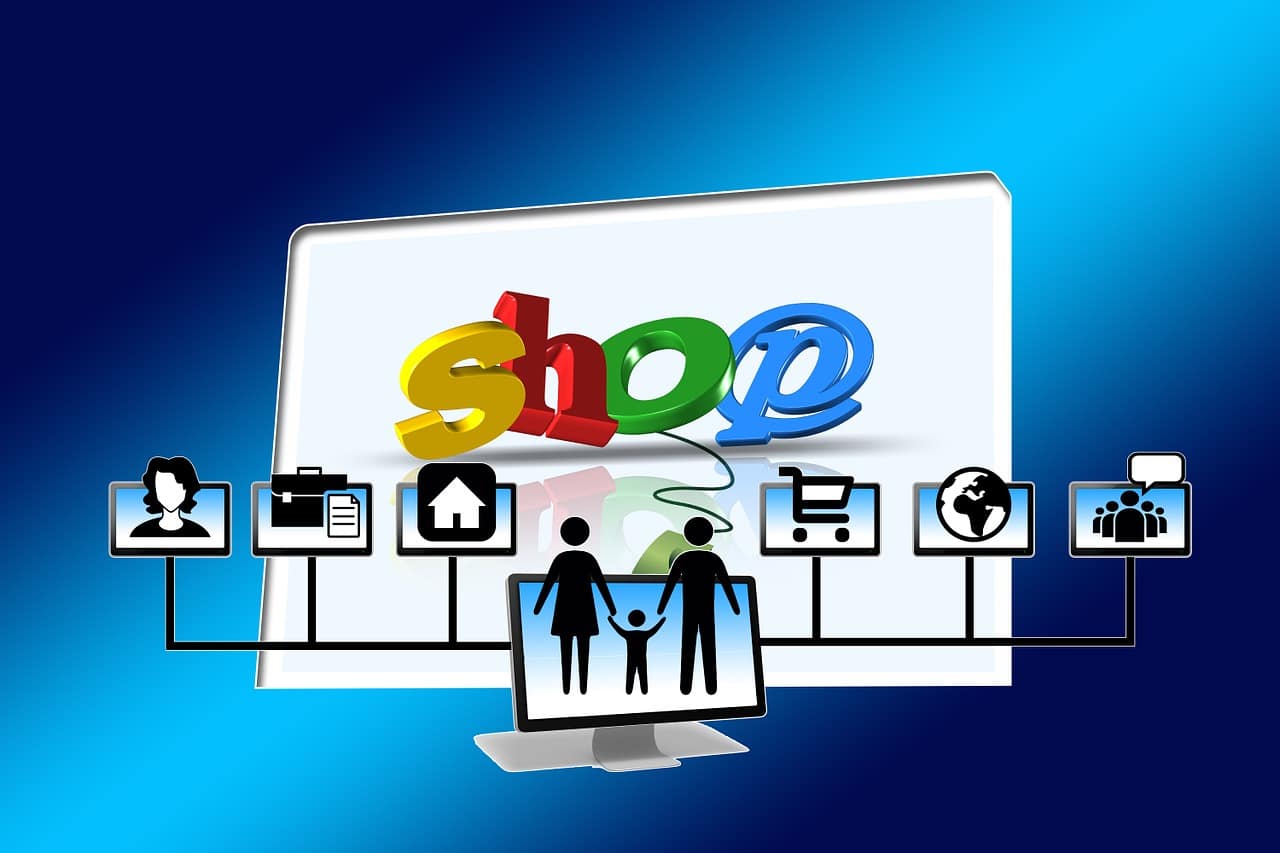Before any company is actually set up, certain prerequisites must be met.
For example, a business plan must be drawn up.
A well-developed business plan enables the entrepreneur to put a figure on his or her needs, and to plan the various actions required to actually set up the company.
In addition to ensuring better management of the company’s activities, this document guarantees rapid fund-raising from potential investors.
In the e-commerce sector, the business plan is just as useful to draw up, and follows a given structure.
How do you draw up an e-commerce business plan in 5 steps?
We’ll take you through it in this article.
Part 1 of the e-commerce business plan: Project description
Drawing up an e-commerce business plan begins with a description of the project.
This involves giving details about the project and the company being created.
The project description consists of several parts.

Project summary
In this section, you’ll discuss the key points of your project.
From your summary, the bank and potential investors should have an idea of what you want to sell.
They also need to know why you’ve made the choice you have, and what you’re going to do about it.
In short, you need to give a clear, succinct presentation of your project, its origins, objectives and planned actions.
Company presentation
In this section, you’ll need to talk about everything to do with the company you’re setting up.
For example, you’ll need to discuss the legal structure you’ve chosen.
You’ll also need to talk about the head office you’ve chosen for your company.
If you’re planning to set up sales outlets, you can also talk about them in this section.
Presentation of products and services
There is no such thing as a company without products or services.
This is what justifies the existence of a company.
In this part of the e-commerce business plan, you’ll need to talk about the nature of your company’s key activities.
Will you be selling products or offering services online?
By reading this section, the reader should be able to see what your company is intended to market.
Human resources presentation
For a company specializing in e-commerce, there are two main human resources: your team and your partners.
For a start-up company, the management team is an important asset.
It’s important for potential investors to know that this team is up to the challenge.
You’ll need to present all the members of your team in detail.
This means talking about their degrees, experience and roles within the company.
If you have hiring forecasts for the company’s first few years of operation, you can also mention them in this section.
Partners are also an important link in the operation of an e-commerce company.
In this section, you’ll need to take stock of your key partners.
Suppliers, software publishers and other partners important to the operation of your e-commerce platform should be presented.

Part 2 of the e-commerce business plan: Market research
In this paragraph, you’ll discuss the main findings of your analysis of the market you intend to enter.
You’ll need to talk about market trends, demands and offers for your product or service.
You can also talk about the regulations in force in your company’s sector.
In addition, your e-commerce market study should also describe the state of your competition.
Who are your competitors?
What share of the market do they occupy?
What are their strengths and weaknesses?
These are all concerns you’ll need to address in this section of the business plan.
In short, you need to highlight the business opportunity arising from the activity you want to set up.
Part 3 of the e-commerce business plan: Company strategies
In the business plan of an e-commerce company, it’s important to address the various strategies envisaged to attract and retain customers.
How do you plan to attract customers?
How will you get them to buy from you?
You’ll need to set out your pricing and marketing policies for your product or service.
Part 4 of the e-commerce business plan: The financial plan
This is a very important part of the e-commerce business plan.
It gives the reader an idea of the overall cost of setting up your online business.
The financial plan takes into account all the costs your business may incur.
These include the costs of creating the site, marketing expenses and the costs of running the business.
Site creation: technical costs
For your e-commerce business to succeed, you’ll need a platform that meets certain requirements.
You need to think about creating a site that attracts visitors and then turns them into buyers and loyal customers.
To achieve this, you’ll need a platform with excellent design and ergonomics.
If you need a Prestashop or Woocommerce developer, don’t hesitate to contact me to discuss it.
Of course, there are costs involved.
These are the technical costs of your project.
All expenses relating to the creation and maintenance of an attractive platform should be outlined in this section of your e-commerce business plan.
The marketing budget: estimating the cost of communication channels
Once you’ve set up a well-designed platform, you’ll need to think about attracting traffic to it.
To achieve this, it’s important to establish a good marketing plan.
On the web, there are many possibilities for generating qualified traffic to your e-commerce site.
Here are just a few of the communication channels you can use.
- Natural referencing ;
- Sponsored search ;
- Social media;
- Affiliation;
- E-mailing;
- Price comparison services.
The marketing budget defines the tool you plan to use to optimize your site, and the expenses that might be incurred by using such a tool.
Operating costs
Running your business can generate additional costs.
Depending on your sector of activity, you may be faced with production or logistics costs, for example.
Production costs are the expenses involved in getting your product or service ready for sale.
As for logistics costs, these generally relate to delivery charges, the cost of lost packages or defective packages that will be returned.
Part 5 of the e-commerce business plan: Sales estimates
Estimating sales depends on a number of parameters.
Especially in e-commerce, it may depend on the marketing tools you opt for and your field of activity.
It’s important to recognize that we’re talking about an estimate here, and that the figures given are only forecasts.
To help you establish a good estimate, you can use certain tools, such as Google Ads.
With this tool, you get an idea of your sales based on the cost of your advertising spend.
All in all, it’s important to remember that drawing up an e-commerce business plan is an important, not to say essential, step in any online store project.
To ensure the success of your business plan, there are a number of points to bear in mind.
Thanks to this article, you now have an idea of the main points of an e-commerce business plan.




